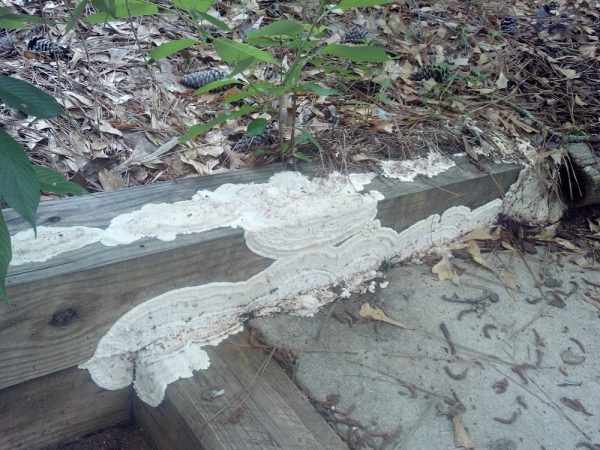How To Make Well-Drained Soil
I was explaining to someone recently that flowering cherry trees absolutely require well-drained soil to succeed. “Well, that’s not a problem,” they responded, “I’m planting on a slope, so water drains right past it.”
“Sloping soil is usually poorly drained,” I replied. “Your cherry will be dead in a year if you plant it on that eroded clay bank.”
It is important to distinguish between surface drainage and soil drainage.
Water inevitably flows down hill. That is surface drainage. Soil drainage, though, is what happens to moisture when it soaks through the earth around a plant’s roots.
PREPARING A BED Few gardeners have perfect soil in which to plant. Their soil may be too sandy, too wet, too dry or too full of clay. Mixing organic soil conditioner with the soil to a depth of eight inches or more makes good gardening soil out of the poorest dirt.
I have lots of clay in my landscape soil. When I prepare a bed, I spade up the existing soil as deeply as I can with a round-point shovel. For every ten square feet of bed I pour on a two cubic foot bag of soil conditioner . On top goes two bags of Pavestone Paver Leveling Sand (available at home improvement stores). I also scatter a pint of garden lime and a half-bag of hen manure on the ten square foot site. My Mantis tiller makes short work of mixing it all together but, if the soil is moderately dry, a shovel is almost as fast.
I rake the bed smooth, stand back a minute to admire my handiwork and then drink some iced tea, secure in the knowledge that this PREPARED BED will be a happy home for anything I plant there.
Roots must have oxygen around them. Clay and water in the soil cut off oxygen. Going back to my recipe for bed preparation above, notice the sand I added. It, plus the organic soil conditioner, helps water soak past roots underground. Once the water is gone, oxygen flows into the soil and roots take a happy breath of life.














